OUR PLANETS
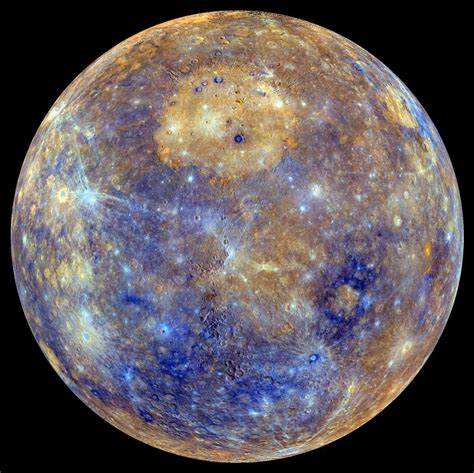
MERCURY
Mercury is the first planet from the Sun and the smallest in the Solar System.
In English, it is named after the ancient Roman god Mercurius (Mercury), god of commerce and communication,
and the messenger of the gods. Mercury is classified as a terrestrial planet, with roughly the same surface gravity as Mars.

VENUS
Venus is the second planet from the Sun. It is a terrestrial planet and is the closest in
mass and size to its orbital neighbour Earth. Venus is notable for having the
densest atmosphere of the terrestrial planets,
composed mostly of carbon dioxide with a thick, global sulfuric acid cloud cover. At the surface it has a mean temperature of
737 K (464 °C; 867 °F) and a pressure of 92 times that of Earth's at sea level.
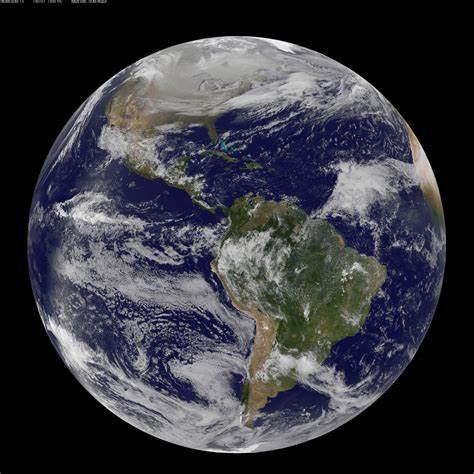
EARTH
Earth is the third planet from the Sun and the only astronomical object known to harbor life.
This is enabled by Earth being an ocean world, the only one in the Solar System sustaining liquid surface water.
Almost all of Earth's water is contained in its global ocean, covering 70.8% of Earth's crust.
The remaining 29.2% of Earth's crust is land, most of which is located in the form of continental landmasses within Earth's land hemisphere.

MARS
Mars is the fourth planet from the Sun. The surface of Mars is orange-red because it is covered in iron(III)
oxide dust,
giving it the nickname "the Red Planet".[21][22] Mars is among the brightest objects in Earth's sky,
and its high-contrast albedo features have made it a common subject for telescope viewing.
It is classified as a terrestrial planet and is
the second smallest of the Solar System's planets with a diameter of 6,779 km (4,212 mi).

JUPITER
Jupiter is the fifth planet from the Sun. A gas giant, it is the largest in the Solar System.
Jupiter's mass is more than two and a half times that of all the other planets in the Solar System combined and slightly
less than one one-thousandth the mass of the Sun.
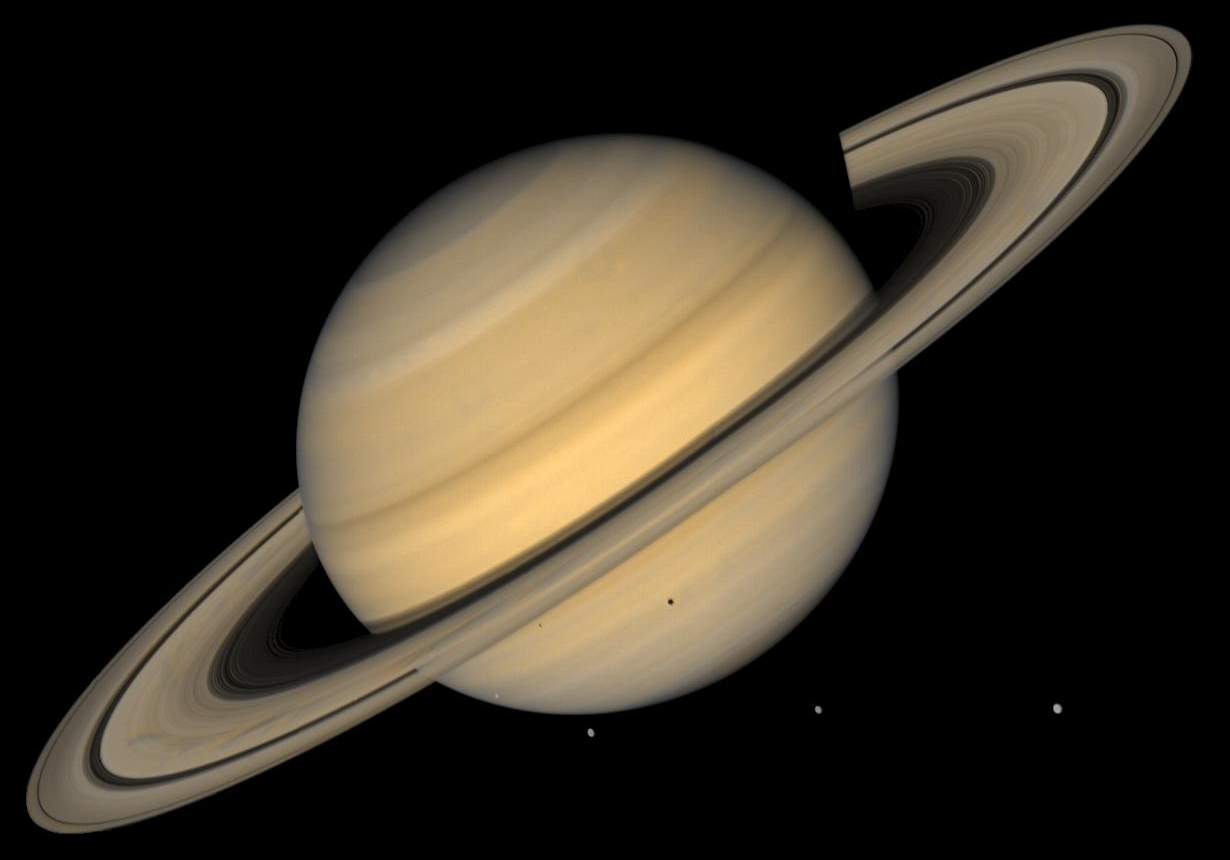
SATURN
Saturn is the sixth planet from the Sun and the second largest in the Solar System, after Jupiter.
It is a gas giant, with an average radius of about nine and a half times that of Earth. It has an eighth the average density of Earth,
but is over 95 times more massive.
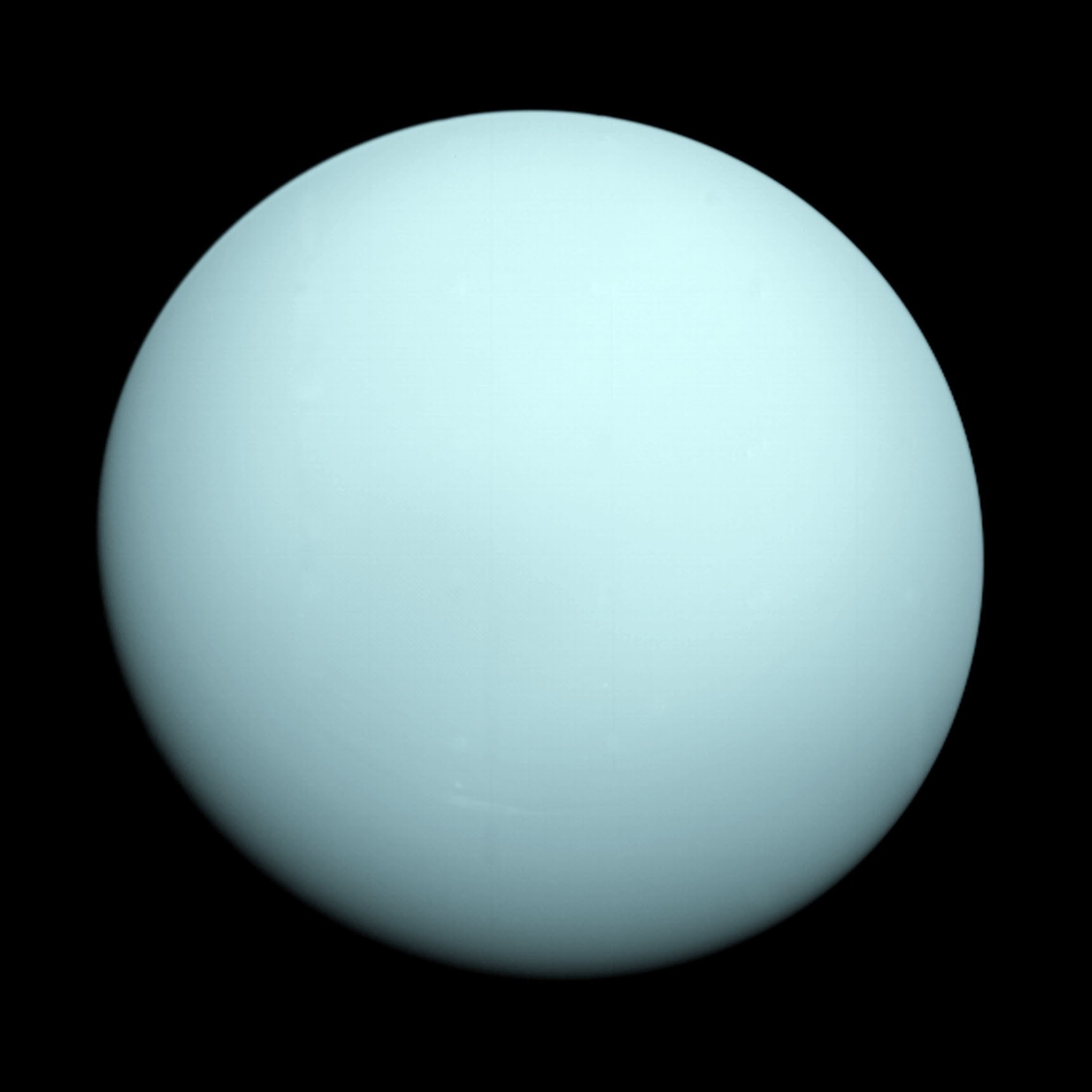
URANUS
Uranus is the seventh planet from the Sun. It is a gaseous cyan-coloured ice giant.
Most of the planet is made of water,
ammonia, and methane in a supercritical phase of matter,
which astronomy calls "ice" or volatiles.
The planet's atmosphere has a complex layered cloud structure and has the lowest minimum temperature (49 K (−224 °C; −371 °F)) of all the Solar System's planets.
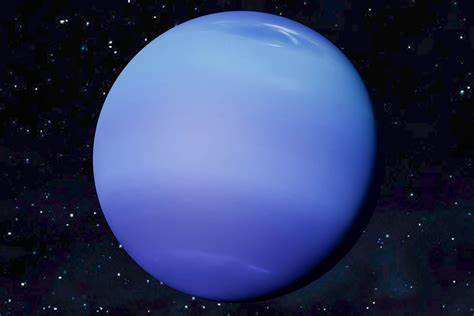
NEPTUNE
Neptune is the eighth and farthest known planet from the Sun. It is the fourth-largest planet
in the Solar System by diameter, the third-most-massive planet, and the densest giant planet. It is 17 times the mass of Earth and slightly more massive,
but denser and smaller, than fellow ice giant Uranus.